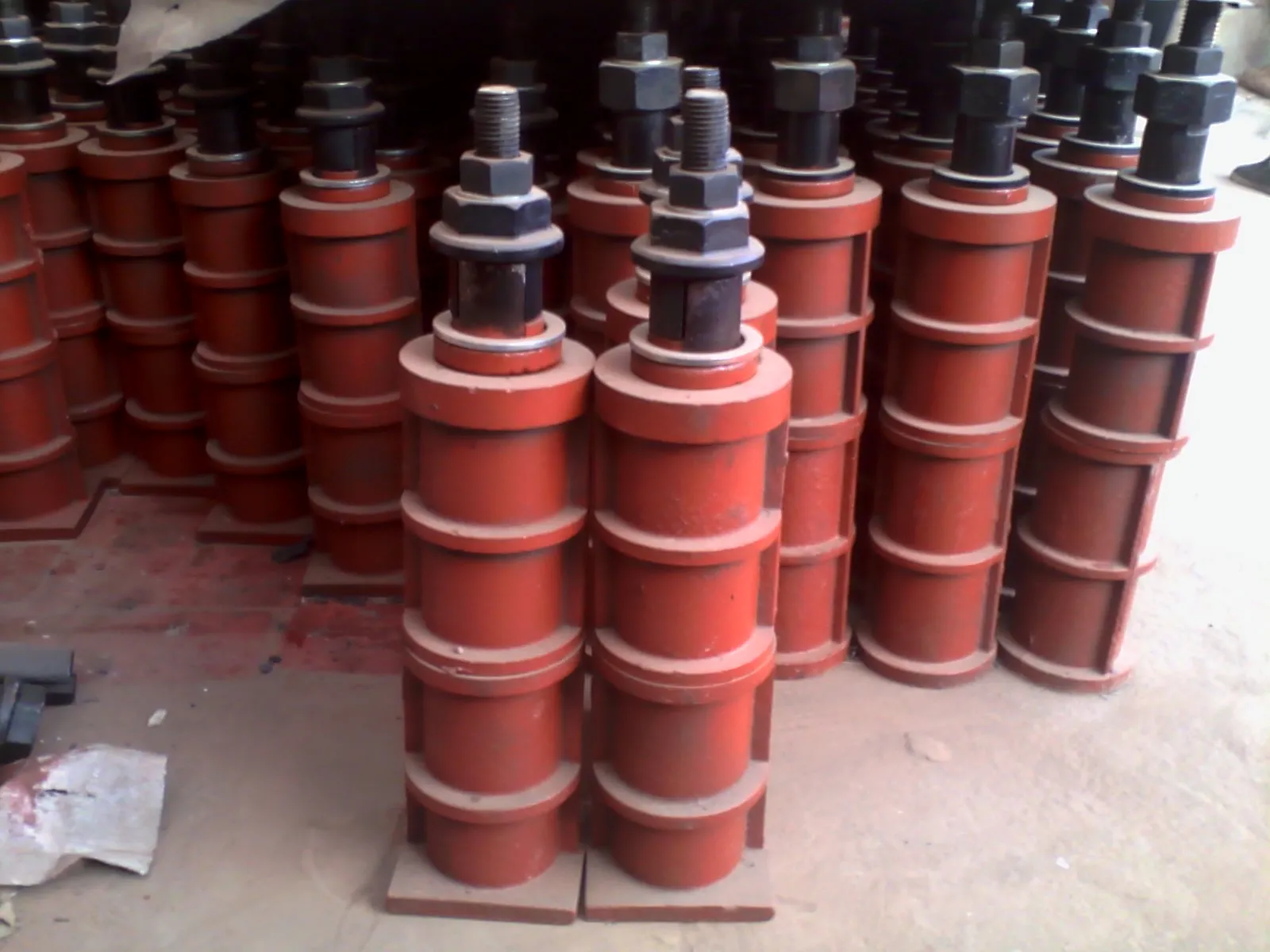Νοέ . 13, 2024 03:16 Back to list
stone surface plate
The Importance of Stone Surface Plates in Precision Measurement
In the realm of precision engineering and quality assurance, the tools and equipment used to ensure accuracy are of paramount importance. One such tool that stands out is the stone surface plate. This seemingly simple slab of stone plays a pivotal role in various industrial applications, including machining, manufacturing, and quality control. Understanding the significance of stone surface plates can lead to enhanced precision in measurement and ultimately better product quality.
What is a Stone Surface Plate?
A stone surface plate is essentially a flat, solid slab made from natural granite or other lithified materials. Its primary function is to provide a stable, flat reference surface against which other objects can be measured. The surfaces of these plates are finely ground to achieve a high degree of flatness, often to within a few thousandths of an inch, making them indispensable tools in industries that require meticulous accuracy.
Composition and Construction
Granite is the most common material used for surface plates due to its inherent properties. It is dense, durable, and has a low coefficient of thermal expansion, which means that its dimensions remain relatively stable even when temperature shifts occur. The hardness of granite also helps resist scratches and deformation, contributing to its longevity as a measurement tool.
Surface plates are available in various sizes and thicknesses, accommodating different types of measuring and inspection tasks. Larger plates can be used for heavy workpieces, while smaller plates are often employed for more delicate instruments.
Applications in Industry
Stone surface plates are widely utilized across various sectors, including automotive, aerospace, electronics, and precision machining. They serve as the foundation for machines like coordinate measuring machines (CMMs), where precise measurements are crucial for product development and quality assurance.
In the manufacturing process, surface plates facilitate alignment and setup for operations such as grinding, milling, and drilling. By providing a flat reference, manufacturers can ensure that components fit together correctly and meet the required specifications.
stone surface plate

Additionally, surface plates are used in calibration processes, where they help verify the accuracy of measuring instruments. Gauges, calipers, and other measurement tools can be checked against the flat surface to ensure their precision before they are employed in production.
Benefits of Using Stone Surface Plates
One of the significant advantages of using stone surface plates is their exceptional stability. Their heavy weight and solid composition minimize vibrations and other disturbances, allowing for accurate measurements. The surface’s flatness is also critical in preventing measurement error, as even minor discrepancies can lead to significant issues down the line.
Another benefit is the longevity and durability of granite surface plates. With proper care and maintenance, these plates can last for many years, providing consistent performance. Their resistance to wear and tear makes them an economical choice for businesses looking to uphold high standards without frequent replacement of measurement tools.
Maintenance and Care
To preserve their functionality, stone surface plates require regular maintenance. Cleaning should be performed with non-abrasive materials to avoid damaging the surface. Additionally, periodic checks for flatness should be conducted using precision gauges or optical flats to ensure continued accuracy.
It's also essential to handle these plates with care to prevent chipping or cracking. Positioning the plates properly in the workspace can help avoid accidental damage.
Conclusion
In conclusion, stone surface plates are indispensable tools in ensuring precision and accuracy across multiple industries. Their stable, flat surfaces facilitate accurate measurements and calibrations, vital for the production of high-quality goods. As technology continues to advance and industries push for greater precision, the role of stone surface plates will undoubtedly remain significant. Investing in quality surface plates and implementing proper care protocols can lead to more efficient operations and enhanced product integrity, solidifying their status as essential assets in the modern industrial landscape.
-
Thread Micrometer Set FeaturesNewsJul.04,2025
-
Right Angle Ruler Tool for WoodworkingNewsJul.04,2025
-
Precision Frame Level Calibration StepsNewsJul.04,2025
-
Magnetic Vee Block MaterialsNewsJul.04,2025
-
Heavy Duty Ground Anchors in MiningNewsJul.04,2025
-
Features of Welding Table Cast IronNewsJul.04,2025
Related PRODUCTS









